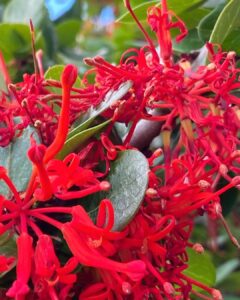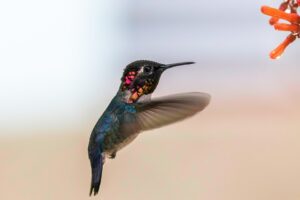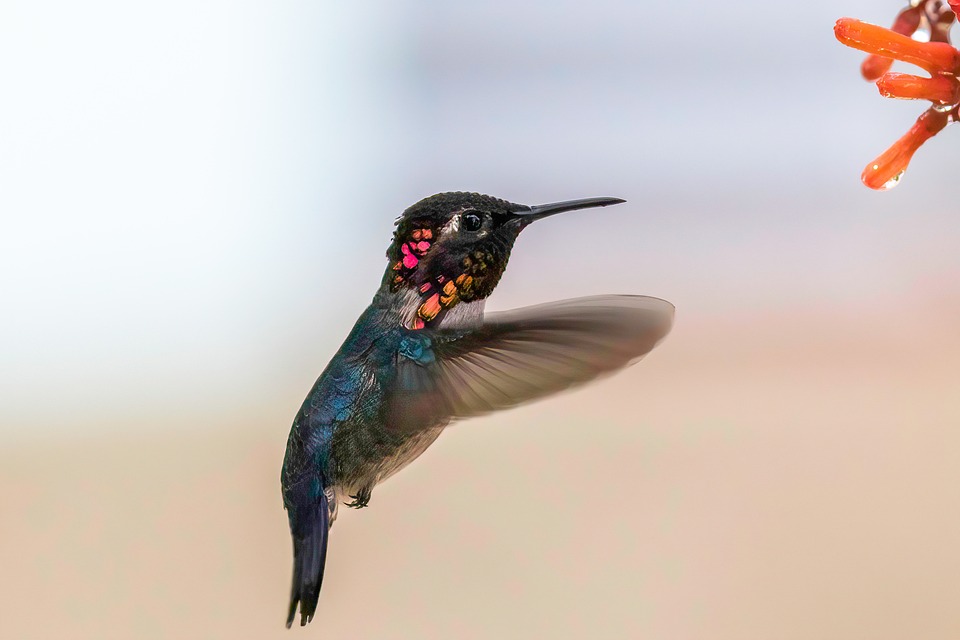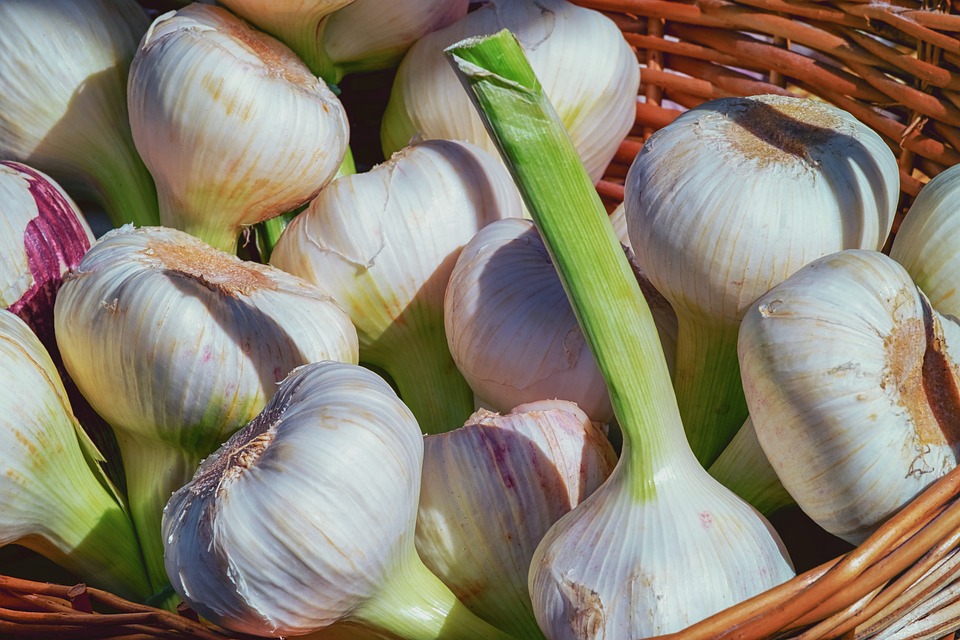Learn how to Grow Firebush to Attract Hummingbirds in your garden to enjoy delightful visitors and red trumpet-shaped blooms.
If you have ever observed a firebush in bloom, you must have noticed how its bright red flowers attract pollinators. Interestingly, you can Grow Firebush to Attract Hummingbirds despite being native to sub-tropical regions. Even if you are in a different climate zone, you can cultivate firebush as an annual plant. To ensure its proper growth and development, here are some tips to help it thrive.
Common Names: Scarlet bush, Texas firebush, firecracker shrub
Botanical name: Hamelia patens var. patens
USDA Zones: Perennial 9-11, Annual to zone 8
Find What Do Hummingbirds Love to Eat?
Firebush Shrub Information

Firebush (Hamelia patens var. patens) shrub belongs to the Rubiaceae family. This shrub is native to the southern United States, Mexico, and Central America.
The red trumpet-shaped flowers of the firebush shrub bloom year-round in zones 9 to 11. In colder zones, it flowers from summer through the first freeze. These striking flowers attract a variety of pollinators, including hummingbirds, butterflies, bumblebees, and songbirds. It can reach up to 3 feet tall and wide in a season for annual plantings. While perennial shrubs can grow as tall as 20 feet and 10 feet wide.
This shrub has large lanceolate leaves, sometimes with a reddish tinge. The leaves can turn red in fall or winter, adding a splash of color to any garden or landscape.
Does Firebush Attract Hummingbirds?

Yes, Firebush attracts hummingbirds with its brilliant red trumpet-shaped blooms. These brightly colored flowers are particularly attractive to hummingbirds, who are drawn to their nectar. In addition to hummingbirds, Firebush also attracts other pollinators such as butterflies, bumblebees, and songbirds, making it a great addition to any garden or landscape.
How to Grow Firebush to Attract Hummingbirds

Location
Firebush is a relatively low-maintenance plant when it comes to sunlight requirements, as it can thrive in both full sun and part shade.
Soil
If you’re looking to grow firebush to attract hummingbirds, it’s important to note that this plant requires well-draining soil, similar to the sandy soil it enjoys in its native Florida. However, in areas where the soil is primarily clay, it’s necessary to amend the planting area with bark, manure, or compost to improve drainage before planting.
Water
Providing regular watering to your firebush is crucial for achieving exuberant growth during the spring and summer months.
Temperature
Although firebush can tolerate brief periods of freezing temperatures, it may drop its leaves or die back to the ground. However, the good news is that it typically returns quickly once temperatures rise, and it grows exceptionally fast during the rainy season.
Check 13 Best Companion Plants for Lavender
Firebush Care
Fertilizer
To ensure optimal growth during the growing season, firebush benefits from regular fertilization. Use a balanced fertilizer and follow the manufacturer’s instructions for application.
Pruning
In warmer zones, the rapid growth of the firebush shrub may require regular pruning to maintain its size. This plant can be pruned at any time of the year in these areas. Firebush is known for its ability to grow easily from seed, so if unwanted spreading is a concern, it’s best to trim off the berries as they appear.
Overwintering
If you live in a colder climate and want to grow firebush in pots, it’s important to bring them indoors well before the first freeze and ensure that the soil is kept moist throughout the winter. Once all danger of freezing weather has passed in the spring, you can return the pots to their outdoor locations. In zone 9, the firebush can be covered to protect the foliage if a freeze is anticipated. In the event that the plant dies back to the ground due to a freeze, it can typically grow back from its roots once warmer weather returns.



